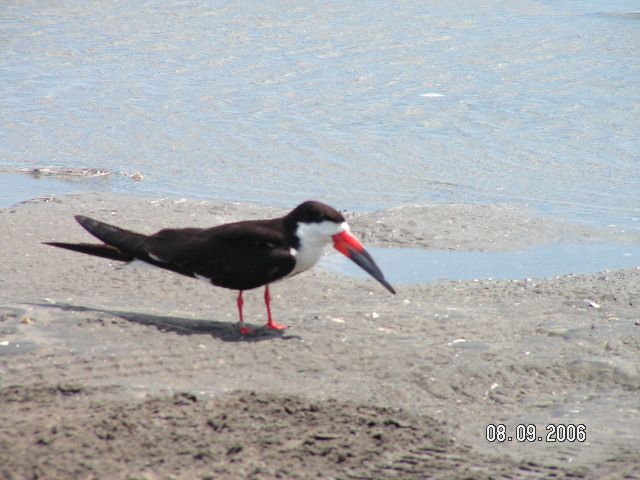Originally posted by Skipjack Joe
Looks as though my information is dated. They don't skim to attract baitfish. They actually fish while skimming. Described as tactile behavior (they
often feed during dark hours) the beak shuts on a baitfish as it comes in contact with it.
Still, it can't just be random feeding as it would do the same for any floating twig or algae it comes across. There must be some form of targeting.
|
 Great
pictures!!
Great
pictures!!



 Great
pictures!!
Great
pictures!!










